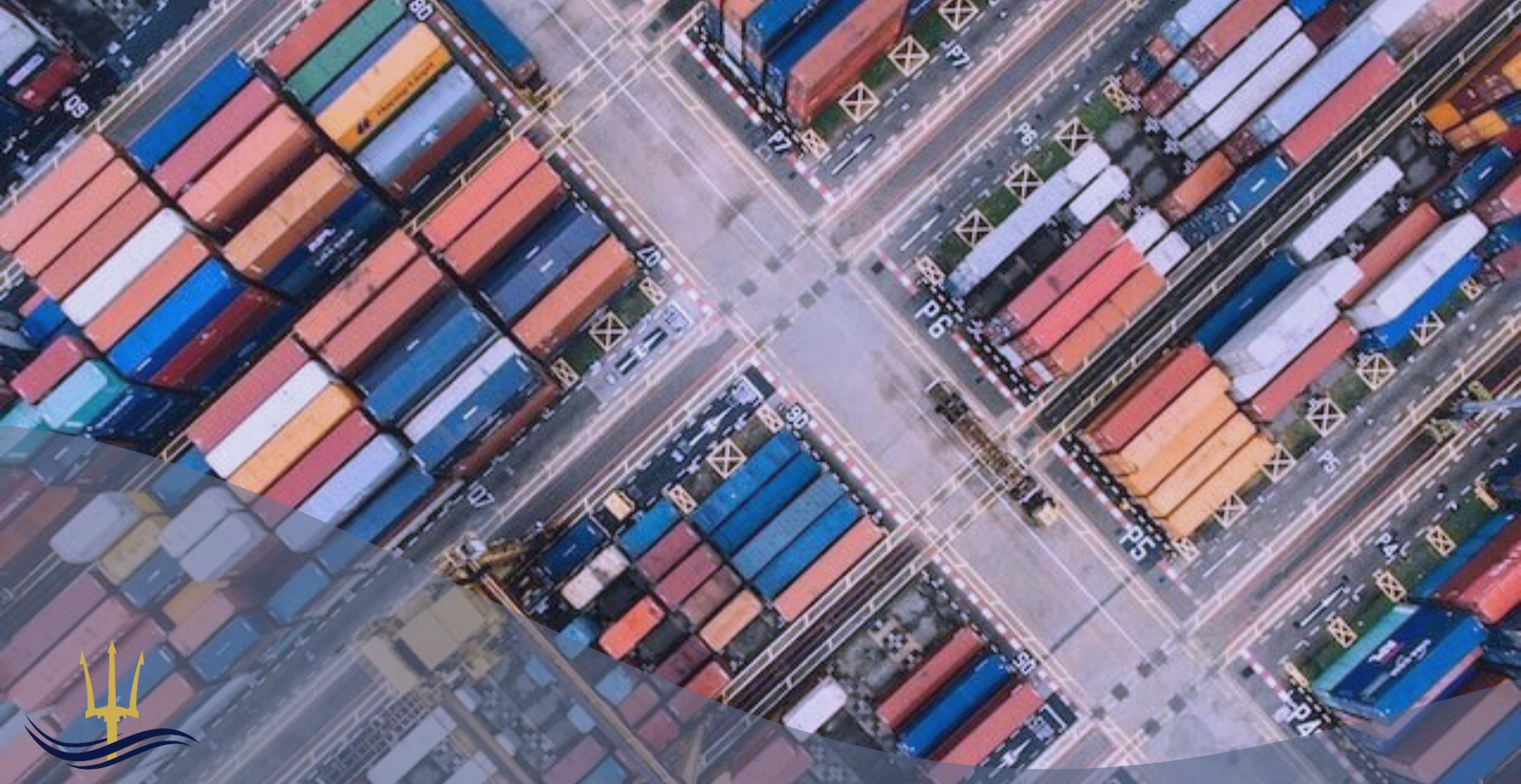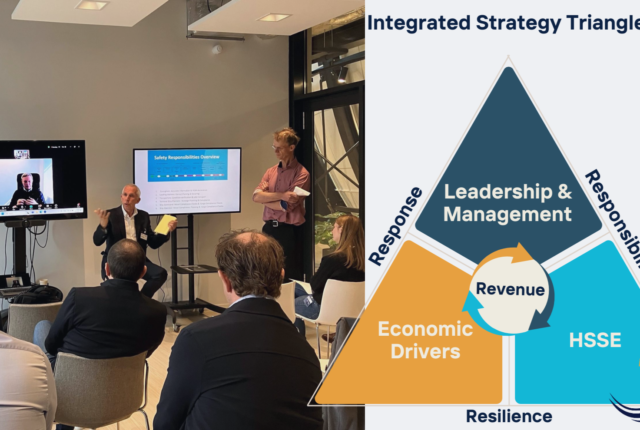
Lithium-ion Batteries in the Supply Chain
We developed at the UNWME the Quadruple R-Methodology. This way of working allows you to verify the different segments of a Risk Assessment for the identification of compliance with actual business requirements. Get the Whitepaper upon request below.
More than ever is Risk Assessment a necessity in the Supply Chain.
Risk Identification – Recognition
The carriage of Lithium-Ion batteries, either as standalone cargo or embedded within a wide range of consumer products, has been recognised by the industry as a high-risk activity.
By the UNWME, Recognition-Responsibility–Response–Resilience or the Quadruple R-methodology, the Guideline E-SAR 101C serves as a practical tool for shared responsibility across the supply chain. It urges proactive identification, assessment, and management of the associated hazards and operational resilience. This is especially in light of current safety and regulatory standards that have proven insufficient in addressing the unique risks posed by those batteries. A second major error was the lack of a decent implementation and awareness plan and the testing of the LIBs.
Core Risk Domains – Responsibility
This Guideline identifies the following primary risks related to the shipment of EVs and Lithium-Ion batteries:
- Thermal runaway, leading to heat propagation, explosion, and fire
- Ineffectiveness of conventional fire suppression systems
- Uncontrolled fire development
- Explosion risk under specific conditions
- Toxic emissions are released during combustion or degradation
These risks underline the urgency for collective responsibility in the design, management, and monitoring of battery shipments at all levels—from manufacturers to logistics providers to vessel operators.
Mitigation Strategies – Response
To respond effectively to these risks, the Guideline outlines specific mitigation measures for integration across the shipping supply chain:
- Selection and use of certified containers
- Enhanced packaging control and verification of EVs
- Protection against seawater ingress
- Temperature and battery management systems (especially during transit)
- Careful EV cargo stowage and segregation based on battery characteristics
- Control of State of Charge (SOC) before carriage
- Consideration of firefighting access and boundary cooling zones on board
Additionally, we want to call attention to the limitations of existing firefighting systems aboard many container vessels and other vessels. These systems may not be sufficient to handle incidents involving thermal runaway, prompting the need for adapted stowage strategies and enhanced emergency response capabilities.
Strengthening Operations – Resilience
To build resilience in maritime operations, this Guideline provides comprehensive loss prevention and operational readiness recommendations:
- Crew training on Lithium-Ion battery hazards and emergency protocols
- Development of emergency response plans tailored to these risks
- Implementation of fire detection, suppression and containment systems suitable for EV-Lithium-Ion battery fires
- Clear and enforced Standard Operating Procedures (SOPs)
- Emphasis on Know Your Customer (KYC) practices to ensure compliance in the upstream supply chain
These recommendations align with the UNWME approach to systemic resilience—advocating for foresight, preparedness, and adaptability in high-risk scenarios.
- Click on Request the Guideline/Whitepaper
- Fill in your details
- Describe what Guideline/Whitepaper you want to get and we will send it to you.

Author
UNWMEadminRelated posts
Maritime Supply Chain Risk Awareness
Find here Expert tips on Maritime Supply Chain Risk Awareness: Improve Data Qual
How to Manage Safety in Ports & Terminals
Find your Abbreviated Guidance to Port & Terminal Safety by...
The Hidden Cost of Rapid Electrification
As electric vehicles (EVs) and buses (BEBs) are rolled out at scale, critical sa



